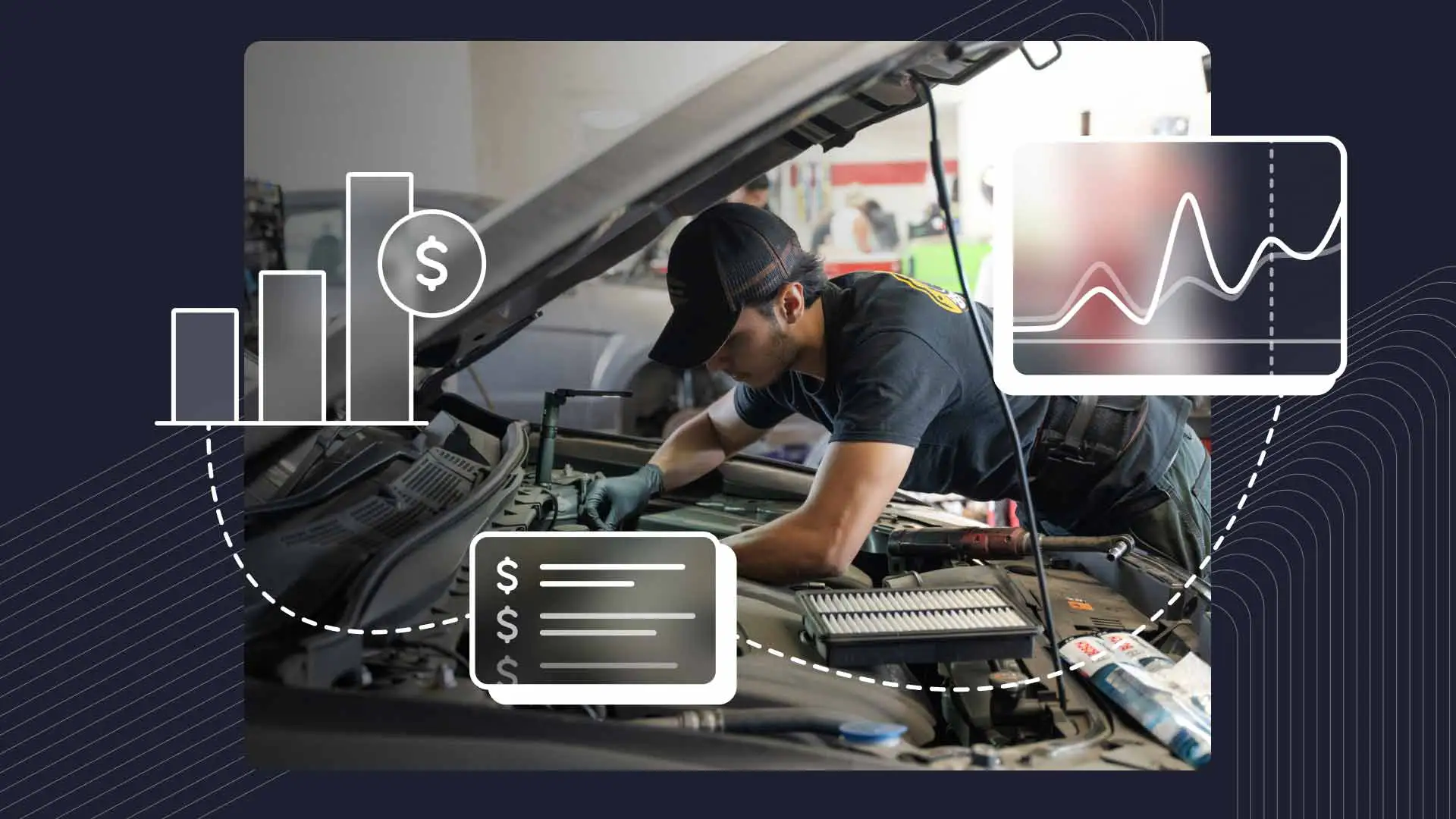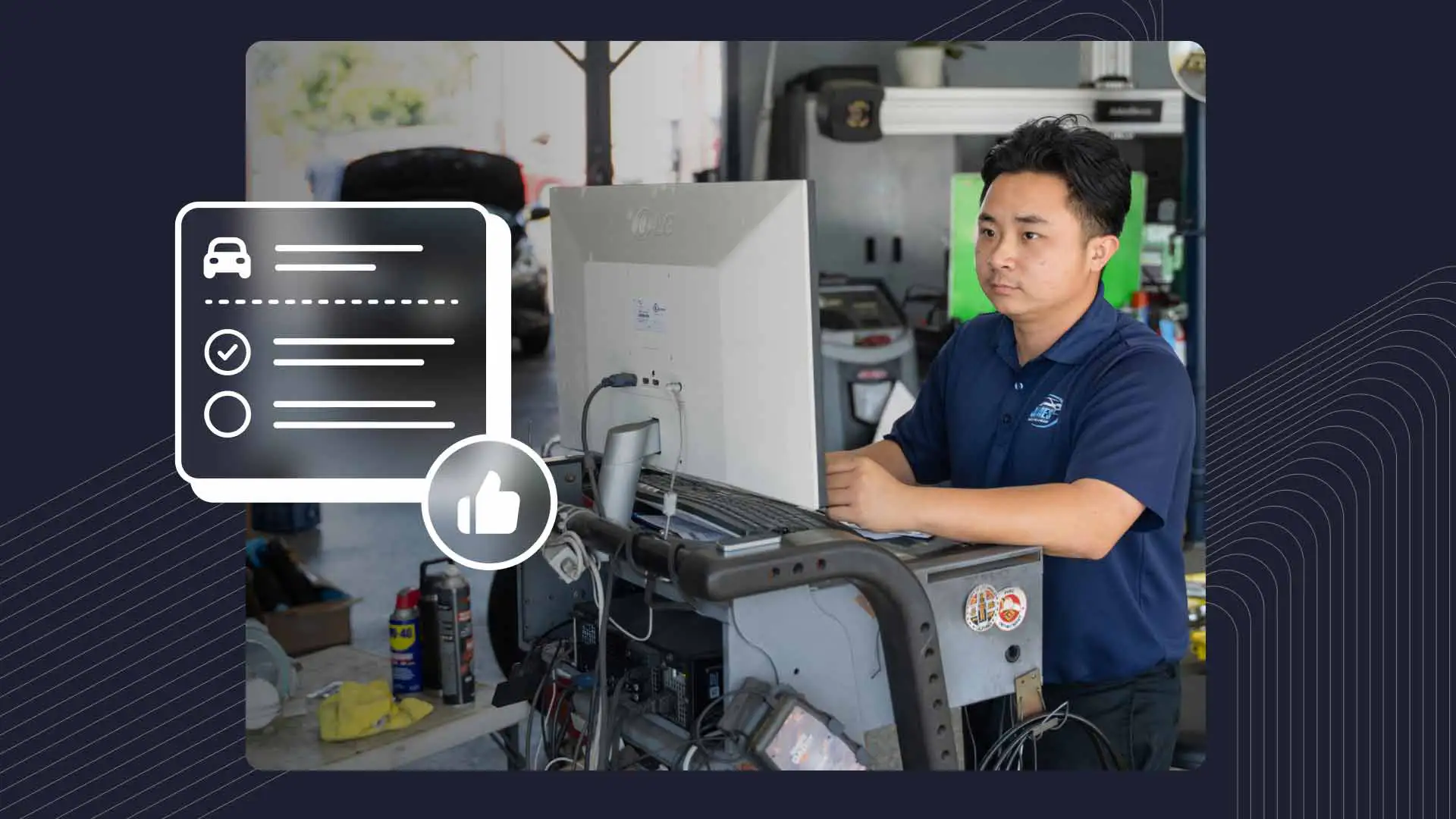When it comes to removing stains from seats, getting rid of stubborn odors, or simply bringing a car back to like-new condition, using the right detailing products is a must.
Most interiors include various materials that all have different care and maintenance needs, and choosing the wrong cleaning agent can lead to discoloration, deterioration, or even permanent damage.
Let’s explore the best types of car interior detailing products and cover some tips to help you achieve showroom-ready results.
Cleaning Different Interior Surfaces
Fabric: Fabric seats are usually made of microfiber, polyester, suede, or cloth, and each has unique maintenance requirements. Regular upholstery can be cleaned with a gentle fabric cleaner or upholstery shampoo, while more delicate materials like microfiber or suede require special cleaners to prevent matting or discoloration.
For stubborn stains, try using an upholstery shampoo with a steam cleaner. This helps lift dirt and grease that’s embedded in the fabric. Spot treatments with enzyme-based cleaners can be effective, too. When tackling tough odors, fabric-safe odor eliminators, or even baking soda, help neutralize smells that become trapped within seats.
Leather: Leather interiors need special care to maintain their luxurious look and feel. For smooth leather, a pH-neutral cleaner gently removes dirt while keeping the surface hydrated. Then, apply a leather conditioner to replenish the essential oils. Aniline leather, which is more porous and sensitive, calls for mild, water-based cleaners and more frequent conditioning. Nubuck and suede leather, meanwhile, need specialized cleaners or brushes to preserve the nap and texture without saturating or damaging the fibers.
To avoid cracking or fading, use a UV protectant after cleaning. Leather conditioners should be applied regularly, too, as they prevent the material from drying out, especially in warmer weather or when exposed to sunlight.
Plastics: Plastic surfaces are everywhere in vehicle interiors, from dashboards and door panels to center consoles. While these surfaces often have different textures and finishes, most can be restored using an all-purpose interior cleaner. Just choose one that’s safe for both matte and glossy finishes so it doesn’t leave streaks or a shiny residue. Also effective are plastic-specific products, like anti-static cleaners for surfaces that collect dust, or UV-protectant sprays that guard against sun damage.
When dealing with light scratches on plastic surfaces, a plastic restorer can help. For deeper scratches, a plastic filler product or repair kit may be needed first before applying a restorer. Minor scuffs can often be buffed out using plastic polishes or fine rubbing compounds.
Metals: Metal accents like chrome, aluminum trim, or stainless-steel surfaces add a touch of class to vehicle interiors. And, they can all be spruced up with specialized cleaning and polishing agents. Metal polishes, for example, are designed to clean, shine, and protect in a single shot. Aluminum trim responds best to non-abrasive cleaners that are formulated for softer metals. Some products also contain special coatings that help fight oxidation. With stainless steel, look for cleaners that remove fingerprints while maintaining its shine.
For tarnish or heavy oxidation, use a microfiber cloth and a fairly aggressive metal polish. A soft-bristle brush can also help break down oxidation without damaging the finish.
Glass: For safety’s sake (and to keep up appearances), glass surfaces like windshields and windows should always be kept clean and free of streaks. Ammonia-free glass cleaners are your best bet. They’re great at preventing hazing, and they won’t harm tinted windows. Use a microfiber cloth or towel to avoid streaks. And try not to clean in direct sunlight. For more stubborn debris like tree sap or bug splatter, you may need a specialized cleaner with solvents that won’t dull, scratch, or damage the surface.
To prevent the glass from fogging, try applying anti-fog sprays or wipes to the interior glass surfaces. These create a moisture-resistant barrier that keeps the glass clear, especially in colder weather. Just stay away from paper towels, which can leave behind streaks and lint.
Choosing the Right Cleaning Agent
With the wide variety of cleaning products available, how do you know which one to choose? Start by looking at pH levels: A neutral pH (around 7) is gentle yet effective, making it suitable for most surfaces. It's best to avoid highly acidic or alkaline products. Also, steer clear of harsh chemicals like ammonia or bleach, as well as any dyes or fragrances that could harm surfaces or cause discoloration. Always read the instructions and label to ensure the product is safe and recommended for the surfaces you're cleaning.
Important tip: Before using a new product, test it on a small, hidden area first. Wait 24 hours and check for any discoloration or damage before proceeding with the full cleaning.
Additional Tips for Best Results
While DIY cleaners may be cost-effective, professional-grade products are often more efficient and safer for delicate surfaces. For instance, professional car upholstery cleaners typically have stronger formulas that can remove tough stains without harming the fabric. Store all cleaning agents in a cool, dry place where children and pets can’t reach them. And follow local guidelines for proper disposal of chemicals and empty containers.
When dealing with common issues, address stains quickly to prevent them from setting in. Lingering odors can often be eliminated with enzymatic cleaners that target the source, although stubborn smells may require an ozone generator. For pet hair, use a rubber brush or pet hair removal tool in addition to vacuuming.
Ensuring a Spotless Performance
Choosing the right interior car care products can be the difference between a so-so job and a dazzling shine. The best interior car cleaner will usually be suited to a specific surface material, e.g., a car dashboard cleaner with UV protection to shield against sun damage. But don’t be afraid to experiment with different solutions to find what works best for your car detailing interior needs.
Ready to take your detailing to the next level? Request a demo for Shopmonkey's auto detailing software today and discover how to streamline your operations, boost efficiency, and grow your profits.




